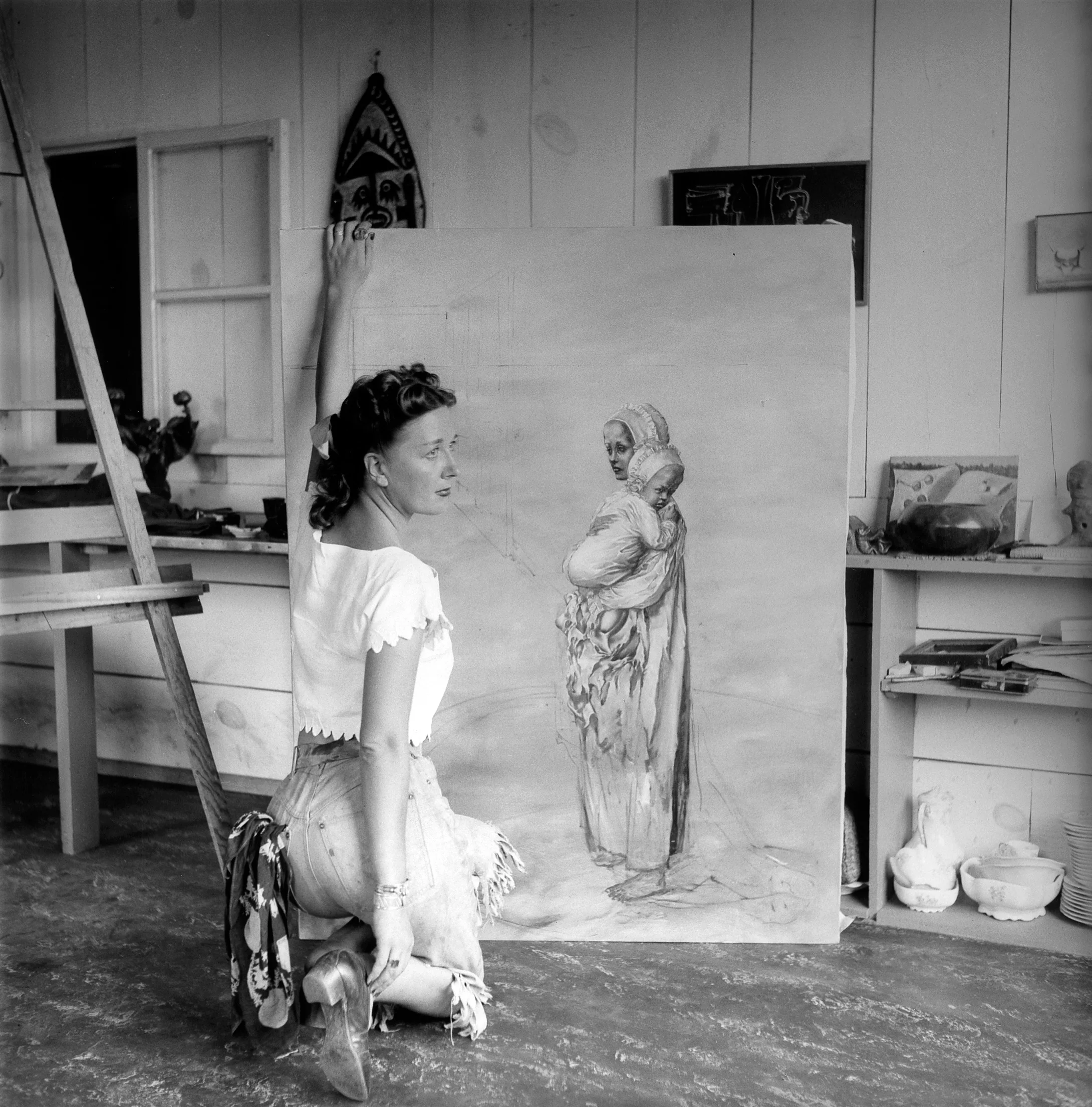Women in Jazz: A Celebration of the Past, Present & Future - At the Barbican Library
On December 31st, an exhibition closed at the Barbican Library called “Women in Jazz: A Celebration of the Past, Present and Future.” It was a small, but concentrated look at the few women, specifically British instrumentalists, who made waves in the jazz scene beginning in the 1920s and through to present day. Luckily the exhibit didn’t just talk about Ella Fitzgerald and Billie Holliday, but unfortunately, you most likely won’t recognise many of the other names.
““ Stars shining bright above you
Night breezes seem to whisper ‘I love you’
Birds singing in the sycamore trees
Dream a little dream of me “”
The number of women in jazz were few and very far between. Until - as was similar in many other industries - World War II hit and most of the male musicians were shipped off to war. This began a new trend of several “all girl bands” having regular slots at popular nightclubs and dance halls, to fill in for the missing “all male bands”. This allowed women to thrive and actually encouraged women to learn how to play instruments and learn how to swing.
Highlights of the “Past” part of the exhibit were the authentic old posters advertising for shows for such bands as Ivy Benson and Her All Girl Band, video clips of interviews with surviving members of the International Sweethearts of Rhythm (the first racially integrated all female band) describing how they were traveling around the world during WWII to play on army bases to entertain the soldiers, and pen and ink drawings of Elisabeth Welch, who is credited as the first black person to have her own BBC Radio Show.
Esperanza Spalding, photography by Holly Andres
The “Present” mostly featured bassist-singer-composer Esperanza Spalding, who has published an impressive six albums since 2006. She attended Berklee College of Music and almost immediately after graduating, was hired as one of the youngest instructors in the institution’s history. She was also made a Professor of the Practice of Music at Harvard University, and has won four Grammy Awards, including Best New Artist in 2011, which makes her the first jazz artist to win the coveted award.
For the “Future” part of the exhibit, several of the placards spoke about how more women were making waves in the current jazz scene and the gender inequality was beginning to be rectified. This may be true, compared to the 50s, but there’s still a long way to go. If you look at the National Jazz Archive monthly newsletter or any of the jazz gigs advertised in London, rarely will you find there are more than one or two or maybe three female musicians in the bands, if any at all.
Portrait par Carl van Vechten, 1949
Cleo Laine the 27th January 1965
In conclusion, go support female jazz musicians! And not just vocalists, look for the bands who employ female instrumentalists, as that is where the numbers are sadly lacking. The National Jazz Archive has a monthly newsletter that lists different festivals, museum exhibits and gigs around the country.








